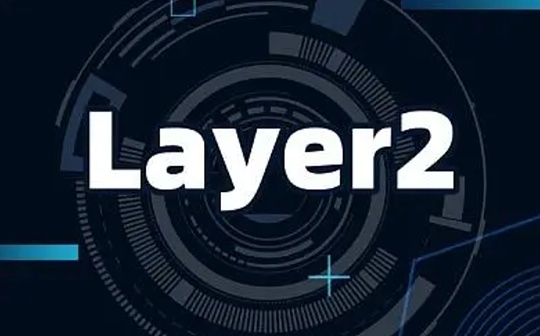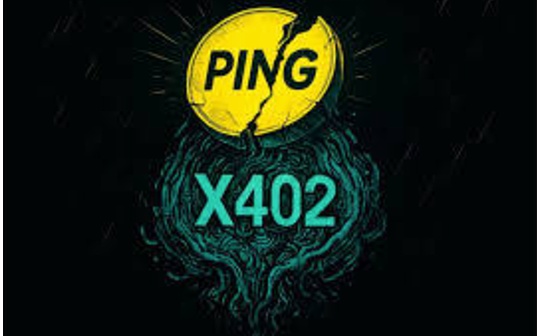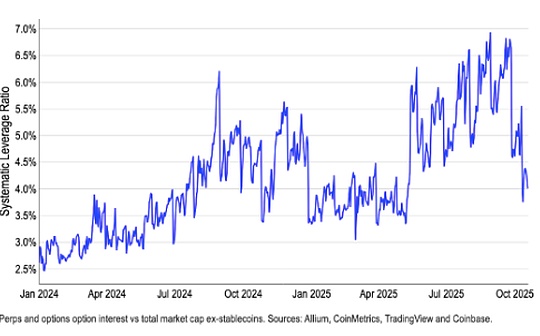
Author: Tom Ngo Source: blockworks Translation: Shan Oppa, Bitchain Vision
With the rapid development of blockchain technology, Layer-2 (Layer 2) solutions have gradually become an important part of the Ethereum network.However, the centralization problem of the core component of these solutions, the sorter, is gradually revealing serious risks, undermining the basic principles of blockchain decentralization.In order to maintain network integrity and prevent trust from being eroded, it is imperative to urgently transition to a decentralized model that can better eliminate single point of failure.
Failure to act in time not only will jeopardize cybersecurity, but it can also put serious threats to the entire ecosystem, such as transaction reviews, security breaches, and potential leaks of customer data and funds.
Layer-2’s development and the emergence of centralization problems
Since the second quarter of 2024, the Layer-2 solution built on the Ethereum network has processed an average of 12 times higher transaction volume than the underlying layer.On June 6, the total lock-in value (TVL) of the Layer-2 ecosystem rose to a record high of $49 billion, indicating that the adoption of these “execution” networks is increasing.However, as these solutions become more and more urgent, the centralization of sorter operations has become increasingly urgent.
The sorter is a key component in the Layer-2 solution, responsible for sorting and batching transactions before they arrive on the Ethereum mainnet.They manage data flows by determining the order of transactions when multiple transactions occur simultaneously.However, many such tools currently face the risk of being controlled by a single entity.While this centralization can speed up transaction processing, it also brings significant flaws, such as censorship risks.
Today’s leading Layer-2 solutions rely mostly on “centralized” sorters, which usually means that the company that builds Rollups are responsible for their sorting operations.For example, in March 2024 alone, Coinbase’s Base network generated $30 million in operating income for the company based on sorter fees, an annualized figure of about $360 million.This centralized control has raised concerns about the principle of decentralization of blockchain.
Decentralization: The future development direction of Layer-2
Christine Kim, vice president of research at Galaxy Digital, stressed that decentralization should not be seen as a binary state, but as a scope, and that centralized influence should be kept to a minimum.She believes that “decentralized sorters may be one of the hardest moves for Rollup”, but increasing decentralization and resilience is crucial for the long-term development of Layer-2.
Users of the Consensys-backed zkEVM Rollup Linea suffered a loss of up to $2.6 million recently, and the project development team decided to pause the sorter and “review the attacker’s address to protect users and builders.”This incident highlights the importance of decentralization and the dangers brought about by sorter centralization.A decentralized sorter can eliminate single points of failure, making the network more resistant to attacks and technical failures, truly reflecting the core value of blockchain technology – transparency and efficiency.
Practice and Challenges of Decentralized Sorter
Currently, most Layer 2 solutions are beginning to recognize the benefits of distributed control.By leveraging validator and block producer networks, the Layer-2 solution can randomly select and rotate the sorter nodes.This approach not only ensures a fair and safe sorting process while maintaining high performance, but also greatly reduces the risk of scrutiny or manipulation.
Ethereum founder Vitalik Buterin recently proposed a classification system for aggregating networks—from stage 0 to stage 2, expressing his belief in the importance of decentralized sorters.He believes that most of today’s leading aggregates rely on some form of “training wheel”, and in the future, Layer-2 must get rid of these temporary measures or face the risk of stagnation.
While the implementation of a decentralized sorter is challenging, the long-term benefits it brings to the project and its community are evident.By reducing security costs and launching a virtuous cycle, more community participation will enhance network security, attract more dApps and innovators, and thus promote the development of the entire ecosystem.
Looking to the future: From centralization to decentralization
The implementation of sequencer decentralization is not only related to technology, but also closely related to the value distribution of industry participants and contributors.Income sharing models such as serializer mining will help improve user retention and establish direct links between community participation, cybersecurity and ecosystem development.In the second layer of Bitcoin, the trend of decentralized sequencers providing mining rewards is also gradually taking shape.
Looking ahead, the Ethereum Layer 2 ecosystem must transcend the limitations of a single network and promote the transition of decentralized sorters for multiple networks.This transition is crucial to maintaining the integrity of blockchain technology.Established Layer-2 solutions should act quickly to avoid obsoleteness and ensure users’ safety.
To sum up, decentralized sorters are not only the key to the healthy development of the Layer-2 ecosystem, but also the fundamental guarantee for ensuring the security and sustainability of the entire blockchain ecosystem.On the road to decentralization in the future, Layer-2 solutions need to take this as their goal, continuously promote technological progress, optimize governance structure, and truly realize the core value of blockchain.








